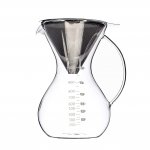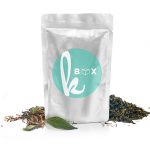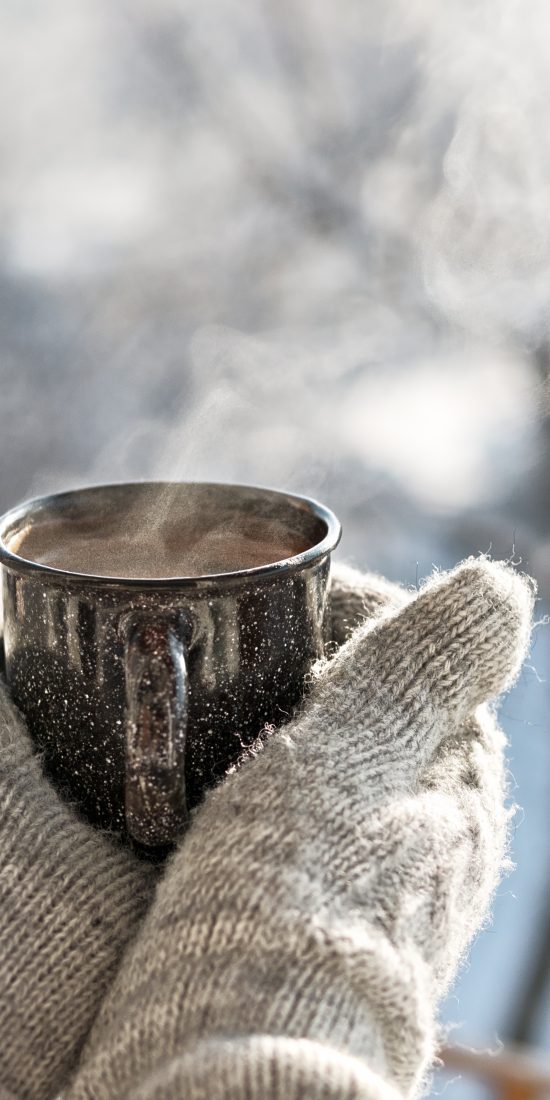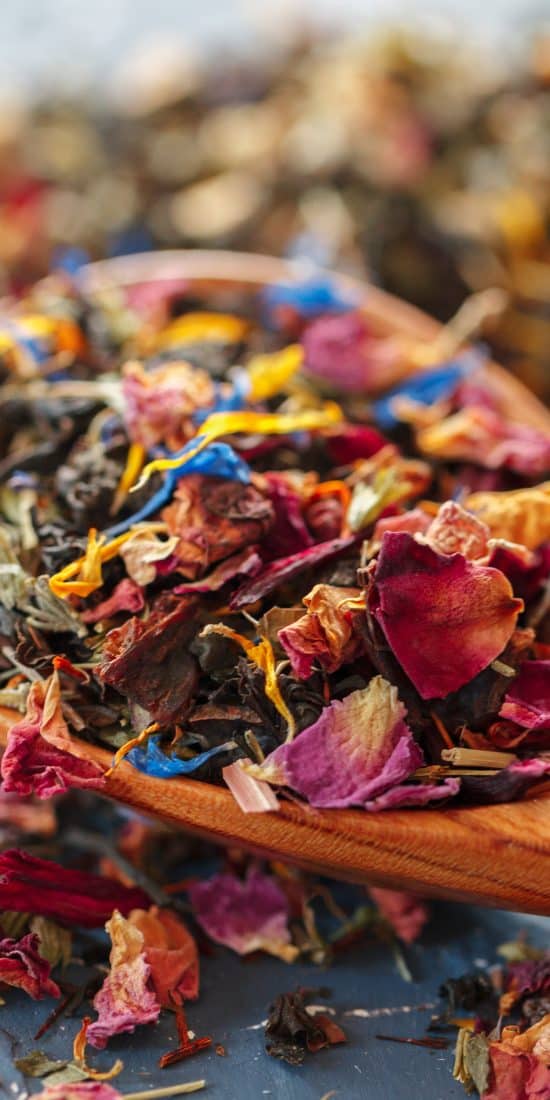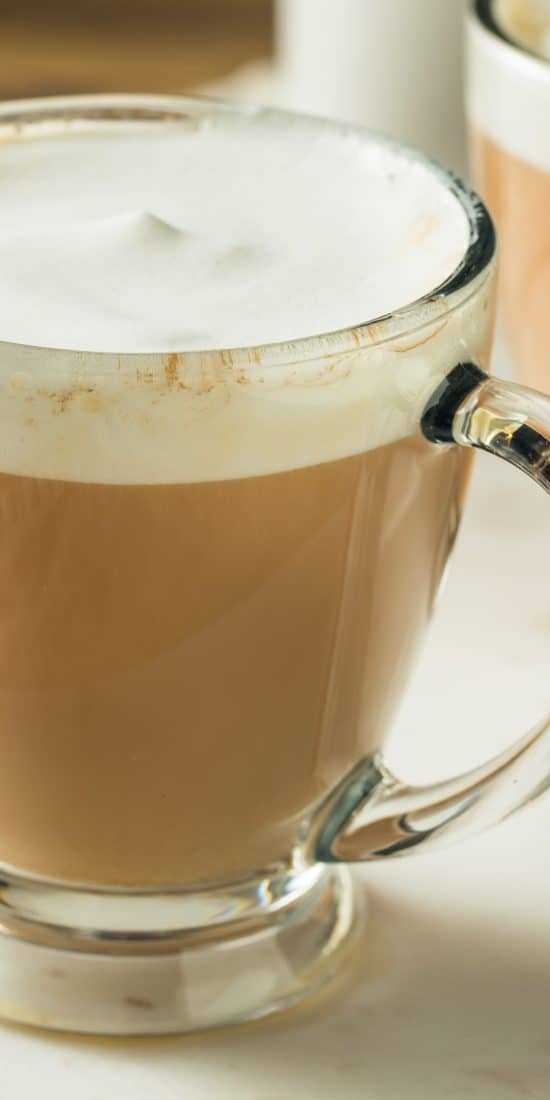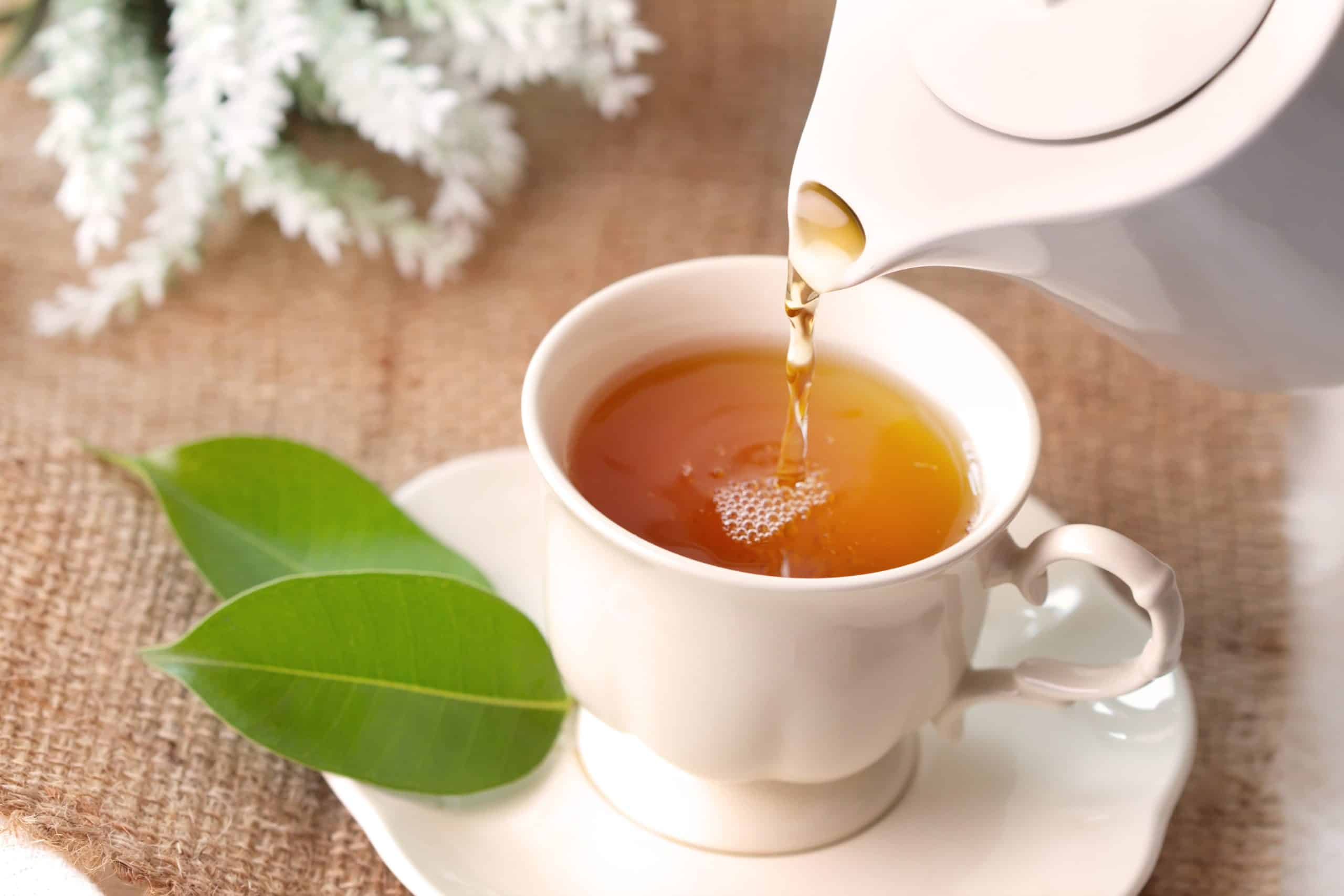
The Difference Between Green, White, and Black Tea
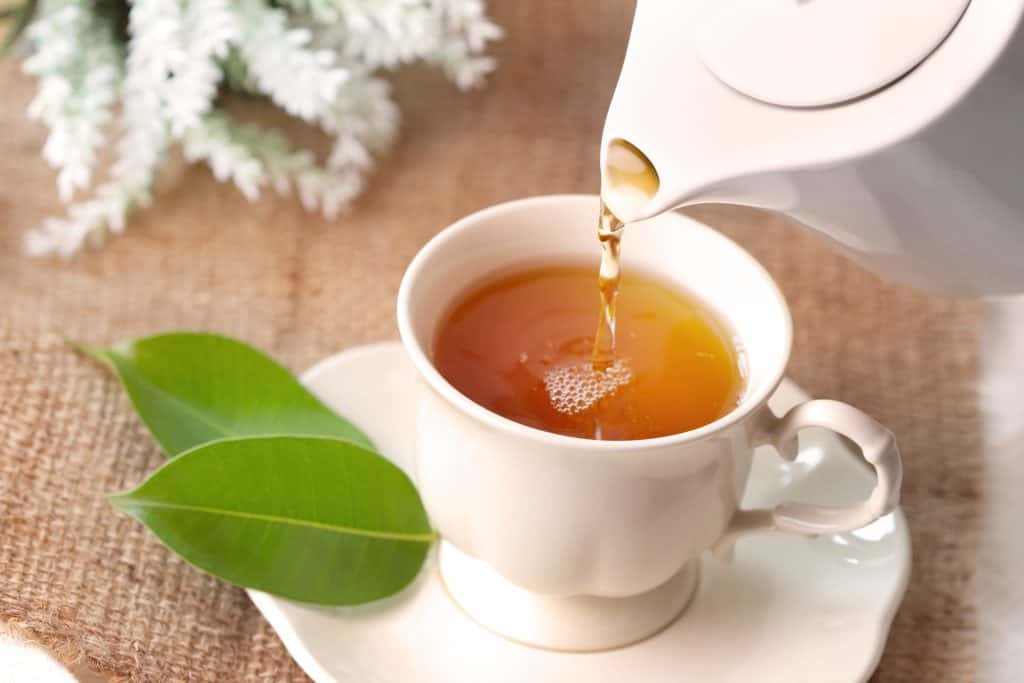
Tea is one of the most widely enjoyed beverages across the globe; it’s known for its comforting warmth, refreshing flavor, and impressive range of health benefits. But have you ever wondered about the difference between green, white, and black tea? Surprisingly, all three come from the same plant: Camellia sinensis. What sets them apart is the tea oxidation process: how long the leaves are exposed to air after picking.
In this guide, we’ll explore the types of tea, from how they’re made to their unique flavors. Whether you’re comparing green tea vs black tea or curious about white tea vs green tea, you’ll discover which brew best suits your taste and lifestyle.
The Tea Basics: One Plant, Many Possibilities
All true teas—green tea, white tea, and black tea—come from Camellia sinensis. The main difference lies in how the leaves are processed after harvest.
- White tea is minimally oxidized, retaining a light color and delicate flavor.
- Green tea is lightly oxidized and heated to preserve freshness.
- Black tea is fully oxidized, resulting in a bold taste and dark color.
This tea oxidation process changes not only the appearance but also the caffeine in tea leaves.
Green Tea
How It’s Made: Green tea leaves are steamed or pan-fired to prevent oxidation, locking in their signature green hue and nutrients.
Flavor Profile: Known for its clean, grassy, and slightly vegetal notes, green tea offers a refreshing taste that appeals to both new and seasoned tea drinkers.
Caffeine in Tea: Green tea has a moderate amount of caffeine, falling between white and black tea in strength.
Popular Varieties: Sencha, Matcha, and Dragon Well (Longjing) are some of the most recognized types of green tea worldwide.
White Tea
How It’s Made: White tea undergoes the least processing. The young buds and leaves are simply picked and dried naturally.
Flavor Profile: It offers a delicate, slightly sweet, and floral taste. It’s ideal for those who prefer a light brew.
Caffeine Content: Among the three, white tea has the lowest caffeine, making it a soothing choice at any time of day.
Popular Varieties: Silver Needle and White Peony (Bai Mudan) are two well-known types.
Black Tea
How It’s Made: Black tea leaves are fully oxidized, giving them a rich color and robust flavor.
Flavor Profile: The taste ranges from malty and earthy to sweet and smoky, depending on the region and blend.
Caffeine in Tea: Black tea contains the highest caffeine level among the three major tea types, offering an energizing start to your day.
Popular Varieties: Assam, Darjeeling, Earl Grey, and English Breakfast are some of the most iconic types of black tea.
Green Tea vs Black Tea vs White Tea: A Quick Comparison
| Feature | Green Tea | White Tea | Black Tea |
| Oxidation Level | Low | Minimal | High |
| Flavor | Grassy, fresh | Light, floral | Strong, malty |
| Caffeine | Medium | Low | High |
| Color | Light green | Pale yellow | Deep amber |
| Best Time to Drink | Morning or afternoon | Anytime | Morning boost |
Choosing the Right Tea for You
When deciding between green tea vs black tea caffeine levels or white tea vs green tea flavor, consider what you value most: taste, energy, or relaxation. Experiment with brewing temperatures and steep times to enjoy the best flavor for each type. Learning how tea is made and understanding this tea comparison guide can help you find your ideal cup.
Final Thoughts
All three teas—green, white, and black—come from the same plant, but their differences in oxidation create unique flavors and caffeine strengths. Whether you crave the grassy freshness of green tea, the subtle sweetness of white tea, or the bold richness of black tea, each offers a distinct sensory experience.
Elevate your tea time with Kitchables double-walled glass tea cups. These elegant cups keep your brew at the perfect temperature while showing off the beautiful color of your tea, whether it’s a pale white, vibrant green, or deep amber black tea. Sip, relax, and enjoy your tea ritual in style.

